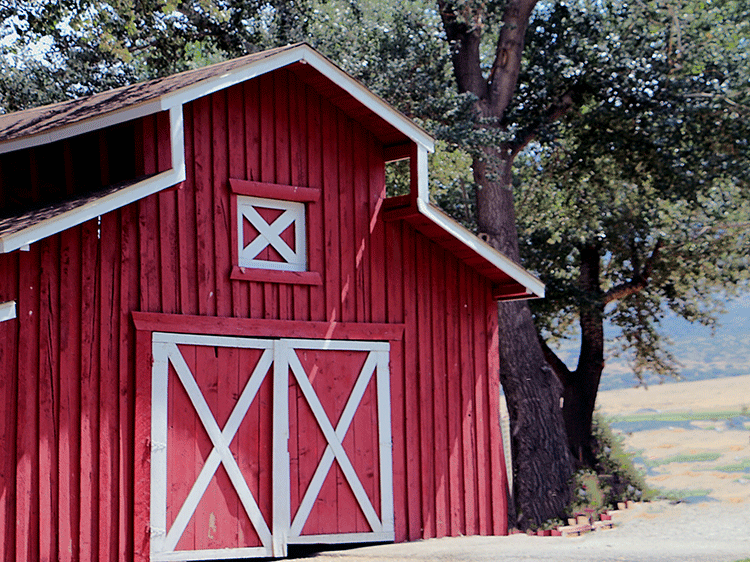Designing an Equestrian Park requires meticulous planning and a deep understanding of both the needs of horses and the preferences of riders. The goal is to create a harmonious space that fosters safe, efficient, and enjoyable experiences for both humans and animals. Whether it’s for competitive events, leisure riding, or professional training, an equestrian park must be well thought-out to support diverse activities and ensure the health and safety of horses.
Key Components of an Equestrian Park Design
- Equestrian Arena and Riding Areas A central feature of any equestrian park is its riding arenas. These spaces need to be designed for a variety of disciplines, including dressage, show jumping, and general riding. The arena should be spacious, with proper dimensions for each type of riding. Ideally, a sand or synthetic surface is used for its non-slip quality and excellent drainage properties.
Equestrian Park Design, The riding areas should be designed with the comfort of both horse and rider in mind. The layout should ensure smooth movement, with rounded corners and ample space for turns. Separate zones for jumping, training, and free riding ensure that different activities don’t interfere with each other.
- Horse Stables and Boarding Facilities Every equestrian park needs a well-designed stable. The stables should provide horses with a safe, comfortable, and hygienic environment. Spacious stalls with adequate ventilation, proper bedding, and easy-to-clean surfaces are essential for the health and well-being of the animals.
For the convenience of owners, boarding facilities should be readily available. These should include ample space for each horse, efficient feeding and watering systems, and an area where horses can relax after training.
- Equestrian Park Design, Trails and Paddocks A key component of an equestrian park is the inclusion of trails and paddocks. Trails allow riders to explore the natural beauty of the area while keeping the horses physically and mentally engaged. Paddocks offer horses a place to exercise and socialize when they are not working, ensuring that they stay fit and well-adjusted.
The trails should be designed with variety in mind, offering flat and hilly sections for different riding experiences. Ensuring the trails have proper fencing and clear signage for riders will enhance safety.
- Equestrian Training and Event Facilities For a park to be competitive and attract top-tier riders, it should have specialized training facilities. This includes areas designed for skill development such as jumping courses, dressage arenas, and obstacle training zones. The design of these spaces must take into account the specific requirements of each discipline, such as the height of jumps or the layout of dressage rings.
Event venues for competitions should be designed with the comfort of spectators in mind. Ample seating, excellent views of the arena, and easy access to restrooms and refreshments are essential for a positive experience for visitors.
- Equestrian Park Design, Horse Care and Grooming Facilities An Equestrian Park should have dedicated spaces for horse care. These areas include grooming stalls, wash racks, and tack rooms. Properly designed grooming areas allow riders and caretakers to attend to horses’ needs before and after each ride, such as brushing and washing.
Tack rooms should be well-organized and secure, providing ample space for storing riding gear, saddles, and bridles. Vet clinics or farrier services should also be nearby for immediate care if needed.
- Equestrian Park Amenities In addition to the core facilities, an Equestrian Park should include various amenities that contribute to the overall experience. Restrooms, restaurants, lounges, and picnic areas ensure that both riders and visitors have a comfortable and pleasant experience.
The inclusion of horse-friendly features, like shaded rest areas or water stations for the horses, will make the park more enjoyable for animals. Seating areas for spectators, with optimal views of competitions or training sessions, are also important for the success of the park.
- Sustainability and Eco-Friendly Design Sustainability is an important consideration in modern equestrian park design. The use of eco-friendly materials and sustainable practices can make the park more environmentally responsible. For example, rainwater harvesting systems can be used for watering paddocks, and solar-powered lights can help reduce the park’s carbon footprint.
The landscaping of the park should include native plants that require minimal irrigation, ensuring that the park is not only beautiful but also environmentally responsible.
Final Thoughts on Equestrian Park Design
Equestrian Park Design, Creating a well-designed Equestrian Park goes beyond building arenas and stables; it is about creating a comprehensive space that supports the diverse needs of horses and riders. Thoughtful planning of facilities, safety features, and amenities ensures that the park will function as both a hub for competitive riding and a tranquil space for recreational use. Whether for training, events, or leisure, a well-designed equestrian park provides an enriching environment for all who visit.
Equestrian Park Design, By focusing on safety, comfort, and sustainability, an equestrian park can provide an ideal setting for riders and horses to thrive. Whether you’re building from scratch or redesigning an existing space, keeping these core elements in mind will ensure the success of your Equestrian Park Design.

